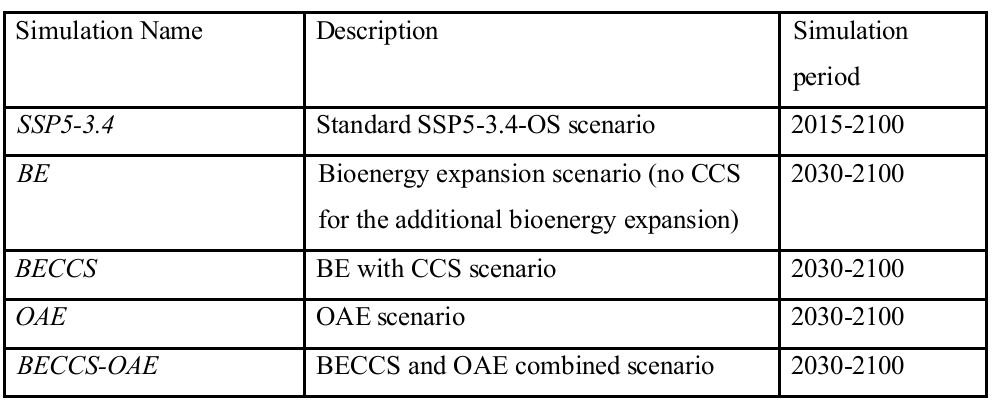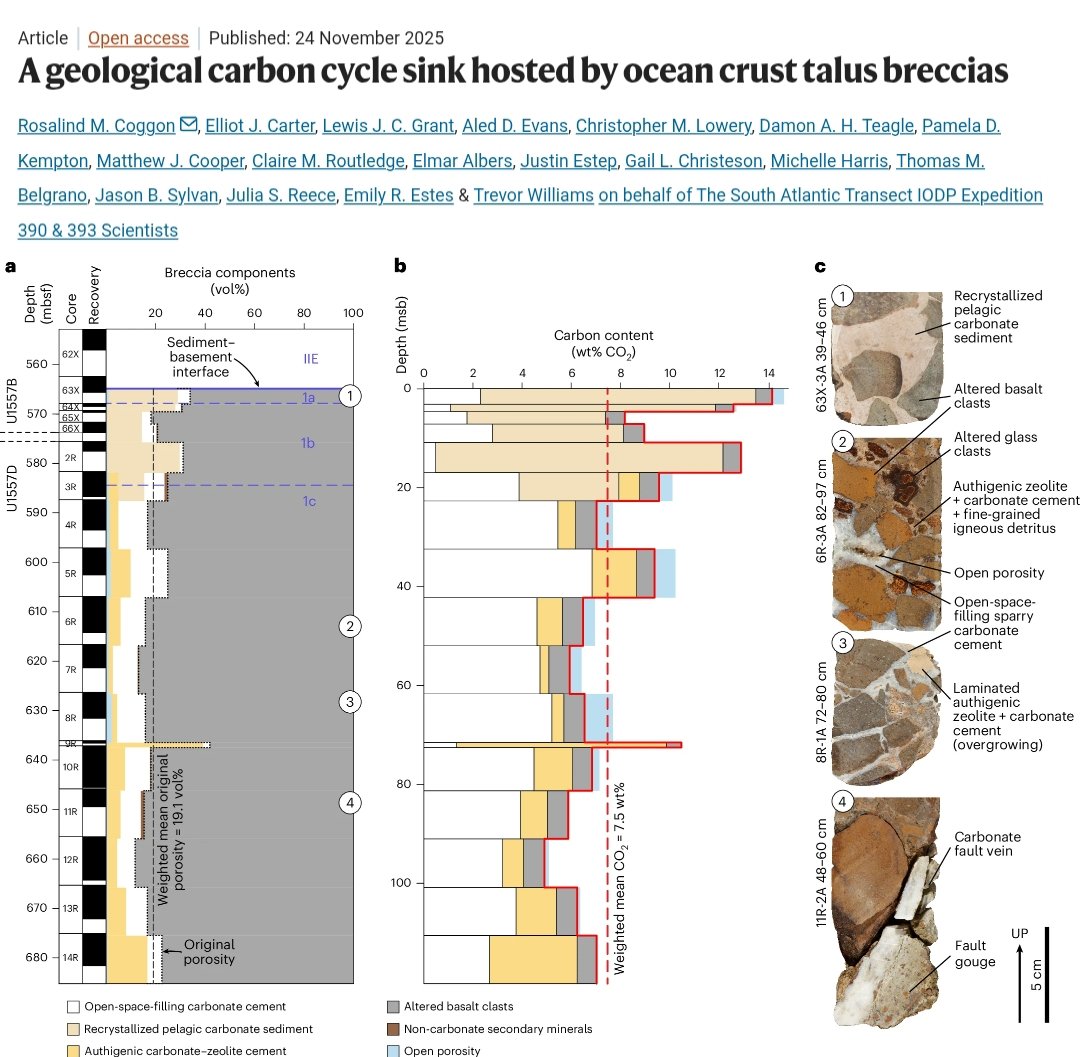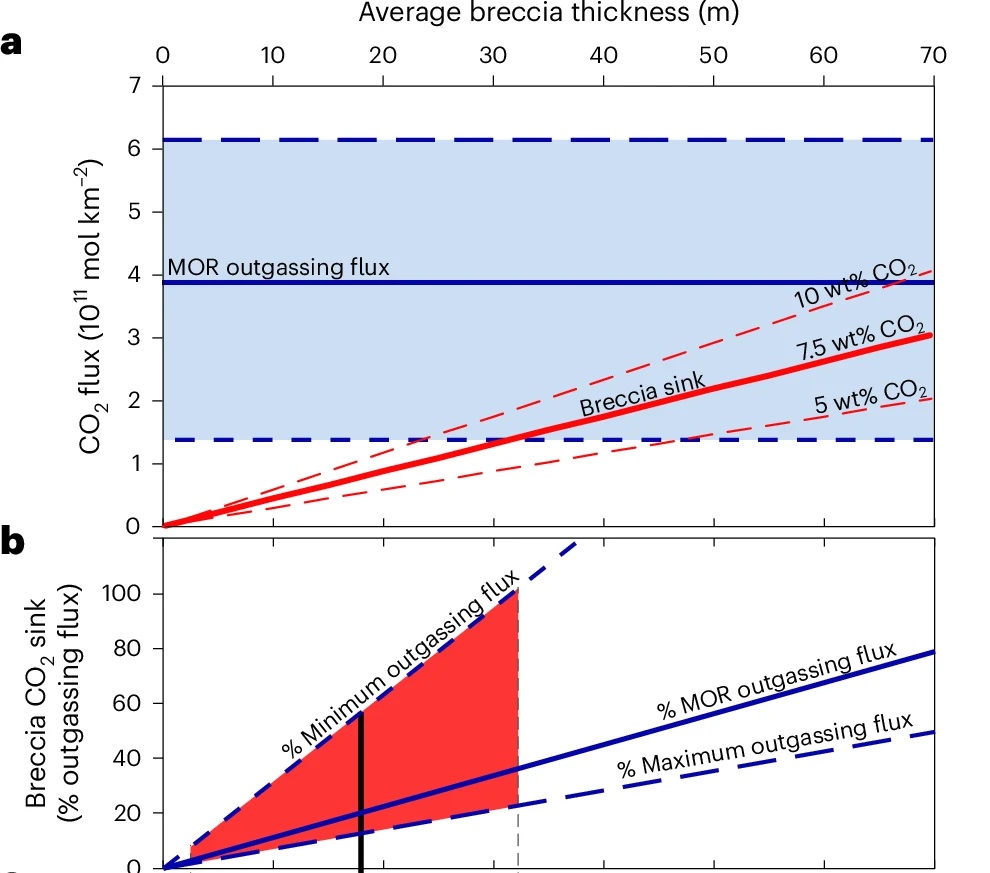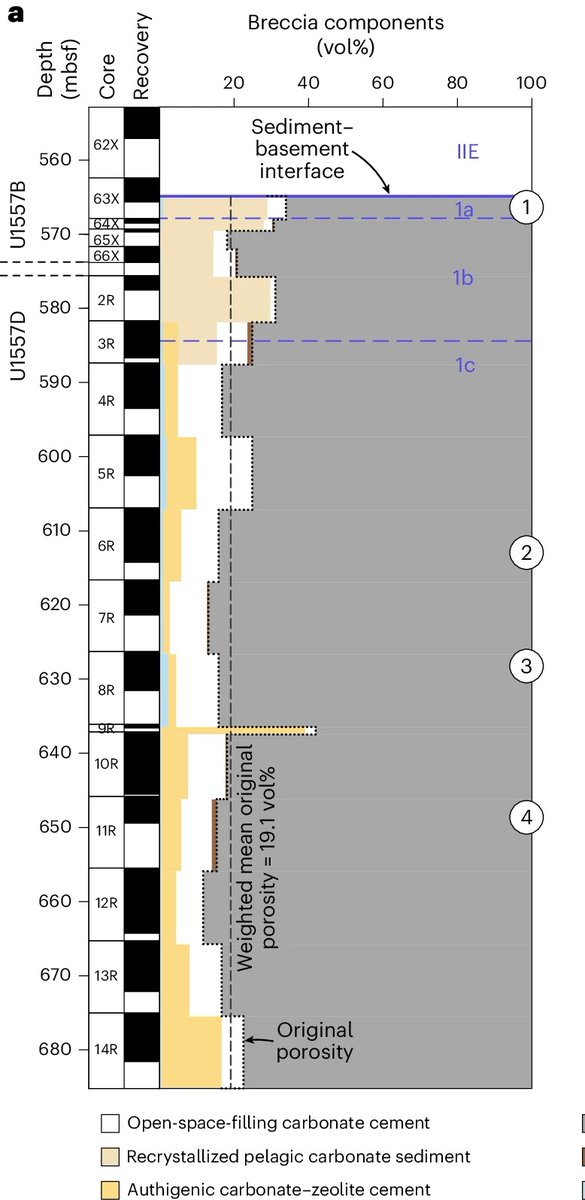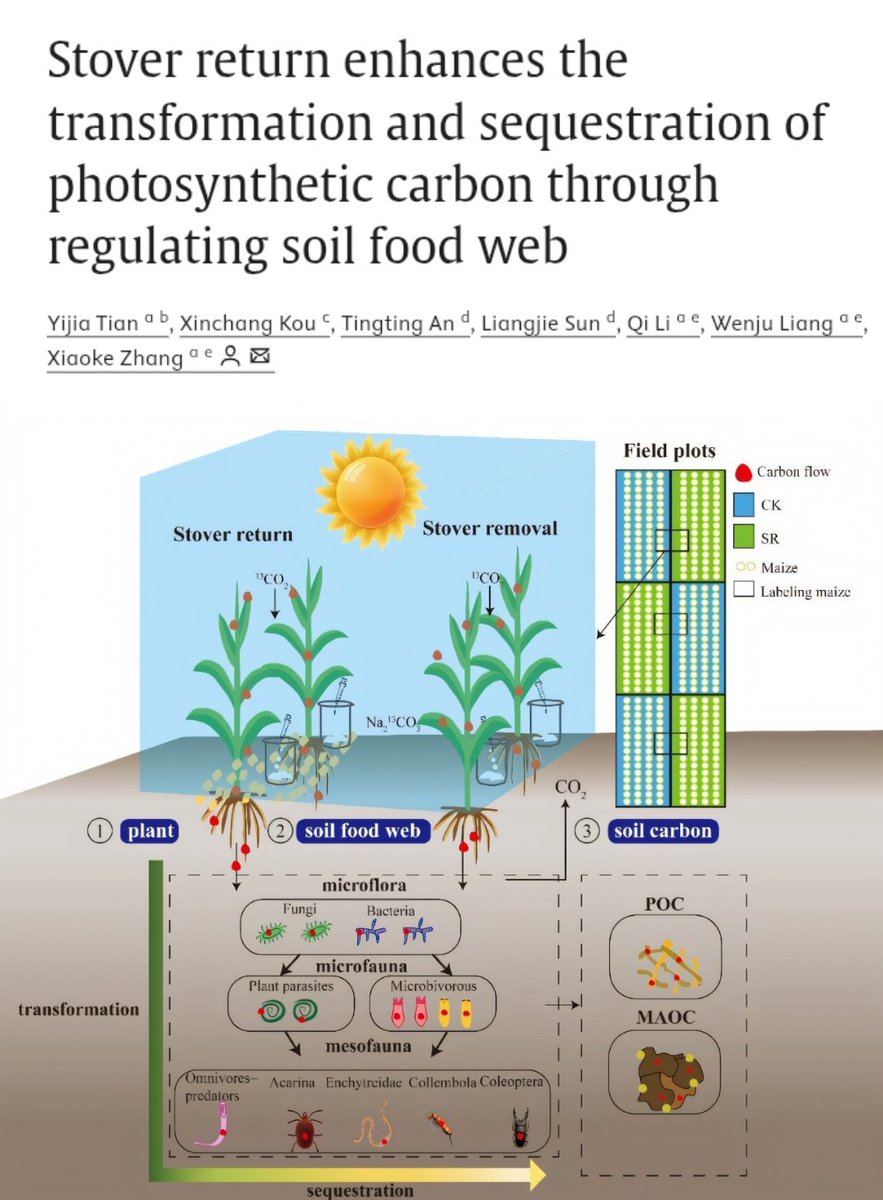🚨REVIEW PAPER🚨
#Hydrogen, a green energy carrier, is one of the most promising energy sources. However, it is currently mainly produced from depleting #FossilFuels with high #carbon emissions, which has serious -ve effects on the economy and environment.
#HyBECCS
#ATT
🧵
1/6

#Hydrogen, a green energy carrier, is one of the most promising energy sources. However, it is currently mainly produced from depleting #FossilFuels with high #carbon emissions, which has serious -ve effects on the economy and environment.
#HyBECCS
#ATT
🧵
1/6


To address this issue, sustainable hydrogen production from bio-energy with #carbon capture and #storage (#HyBECCS) is an ideal technology to reduce global carbon emissions while meeting energy demand.
2/6

2/6


So, a recent review presents an overview of "the latest progress in alkaline thermal treatment (#ATT) of #biomass for #hydrogen production with #carbon storage, mainly focusing on the technical characteristics & related challenges from an industrial application perspective."
3/6
3/6

Additionally, the roles of alkali and catalyst in the #ATT process are critically discussed in the review, and several aspects that have great influences on the ATT process are expounded, such as:
🔸biomass types
🔸reaction parameters
🔸reactors
4/6

🔸biomass types
🔸reaction parameters
🔸reactors
4/6


Review concluded that "compared with WGS, MEC, SMR, #biomass dark fermentation & gasification, #ATT of biomass for #H2 production has the benefits of:
🔸wide range of feedstocks
🔸low energy consumption
🔸high purity of H2
🔸#NegativeCarbonEmission from entire LC of biomass
5/6



🔸wide range of feedstocks
🔸low energy consumption
🔸high purity of H2
🔸#NegativeCarbonEmission from entire LC of biomass
5/6




Read the open access review on sustainable hydrogen production from bio-energy with carbon capture and storage (HyBECCS) here ⬇️
sciencedirect.com/science/articl…
#HyBECCS
#BECCS
#Hydrogen
#NegativeCarbonEmission
#AlklineThermalTreatment
6/6
sciencedirect.com/science/articl…
#HyBECCS
#BECCS
#Hydrogen
#NegativeCarbonEmission
#AlklineThermalTreatment
6/6
• • •
Missing some Tweet in this thread? You can try to
force a refresh



